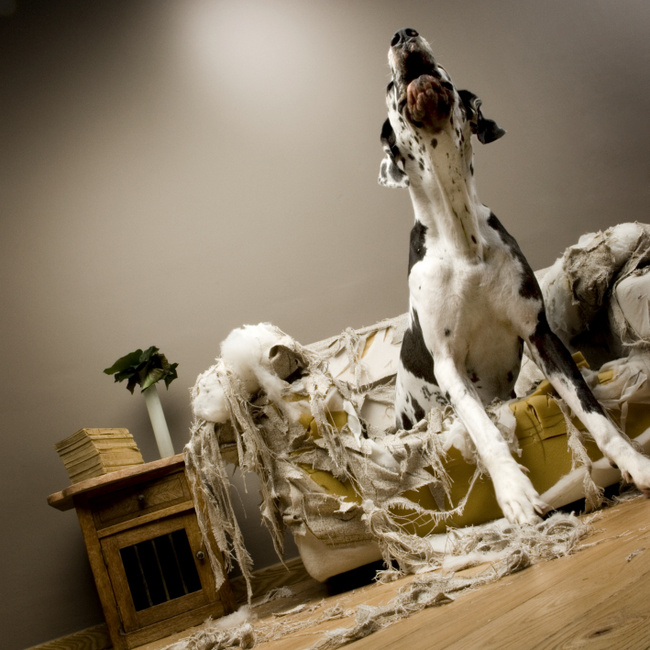Dog Training At Home
When we talk about dog training at home we think of the rewarding feeling of being able to develop an animal’s skills, but there is a lot of work and effort involved in the process too. Dog training at home begins with potty training and continues with complex tasks and commands. However, before you start dog training at home you’ll have to find some professional information on dog health and care. The very basic “sit” and “hello” are among the first tricks of dog training at home, followed by the leash walk as an essential part of the process of dog socializing.
Many pet owners choose to turn to professional videos that teach them dog training at home. There are usually two types of approaches to dog training at home and in general: the collar treatment and the reward-based program. Studies conducted in recent years have shown that dog training at home by using very positive methods is likely to create social and highly reliable animals, that not only will listen to your commands but will always been on guard when it comes to the safety of your family. Dog training at home may not have the professional background but it surely has an emotional touch.
Once you start dog training at home don’t limit to teaching the dog how to raise the paw or sit when ordered. You can take dog training at home a little further and show the animal how to play “fetch”. It begins by using one of the pet’s favorite toys, but it has to result in the animal’s ability to bring any object. No matter the purpose of dog training at home, keep in mind that reward is the magic key to get to your dog’s mind. Every time it performs an action, the dog will need encouragement to continue; therefore an affectionate moment is welcome and appreciated as much as some goodie treat.
Dog training at home takes a lot of time and energy, and many people find it a true challenge. However, time should not be a problem as long as you can turn to your animal and lavish a little attention on it. You can even practice fetch during a commercial just like any other commands learned during dog training at home. If you don’t want to have your dog on the sofa with you, you can always order it to move, and the animal would respond. This is the very practical side of dog training at home. By all means avoid bullying the dog or raising your voice, as such manifestations develop aggression or fear.
Check out these great training tools:
Dog Behavior Training
Dog behavior training is more than making your dog all obedient and safe to leave home alone, process is to complex to reduce it to this. Since dog owners have to be an active part involved in dog behavior training, they come to learn and discover the unexpressed sides of their pets. In a nut shell, dog behavior training is about getting an obedient animal around the house while also getting more familiar with the needs and expectations of a close friend that doesn’t speak the same language. You should be ready to learn about the drives behind your dog’s behavior.
The drives or instincts that make your animal react in a certain way to specific stimuli are the main focus of dog behavior training. The explanation for low sociability may be rooted in the animal’s genes or in its close environment, once you get to manipulate these drives by dog behavior training, spectacular changes are not short to appear. Therefore special institutions and centers that provide assistance for dog behavior training have a scientific background of tests and studies about the nature and flexibility of the canine drives.
Probably the most significant part of dog training behavior lies in understanding the way you can encourage or discourage certain drives, and the skills of a trainer are best reflected here. The main instincts that are targeted by dog behavior training are: prey, play, pack, defense and food. The order is not relevant for their importance, since each plays an important part in the dog’s life determining the relationships with their masters and with other dogs. However, mention should be made that the domination of a certain instinct varies from one breed to another, and dog behavior training also tackles with breed specificity in the context.
Many people are surprised to learn that dog behavior training implies teaching the animal how to play. This special drive seems to be the one that is not inherent to the genetic structure of your pet. In order to learn how to jump and wrestle it is essential that the owners help the puppy acquire the skills, normally they would be the responsibility of the mother and the brothers as its true pack, but in their absence, you need to do it. The educational side is an essential part of dog behavior training, since it actually shapes the future relationship you develop with your pet in the future.
Check out these helpful tools:




Recent Comments